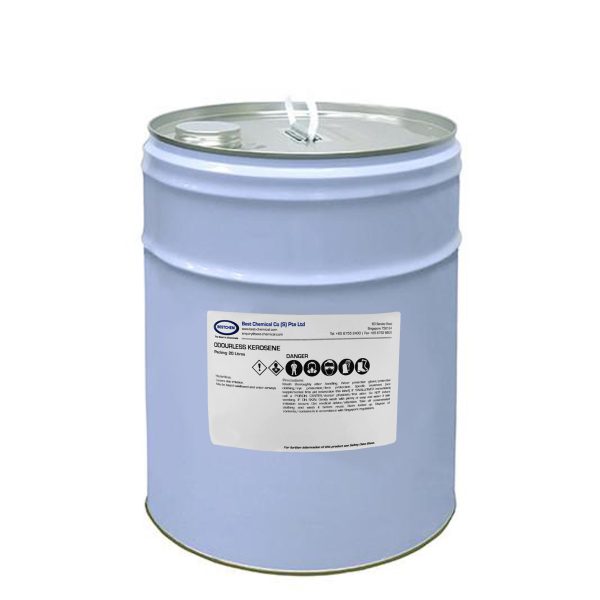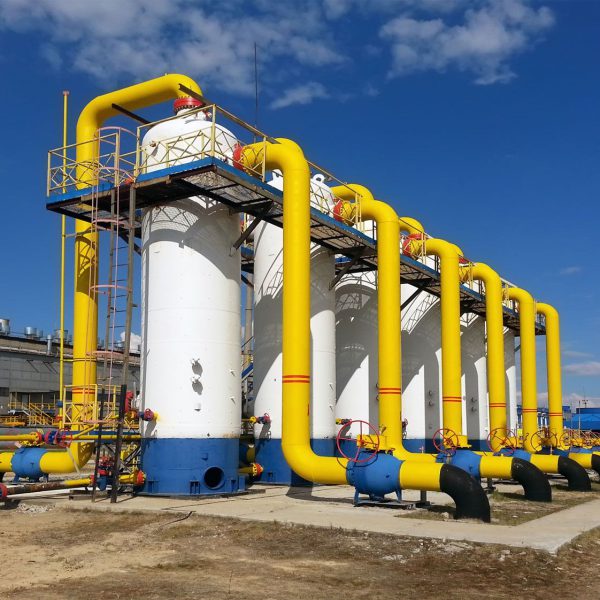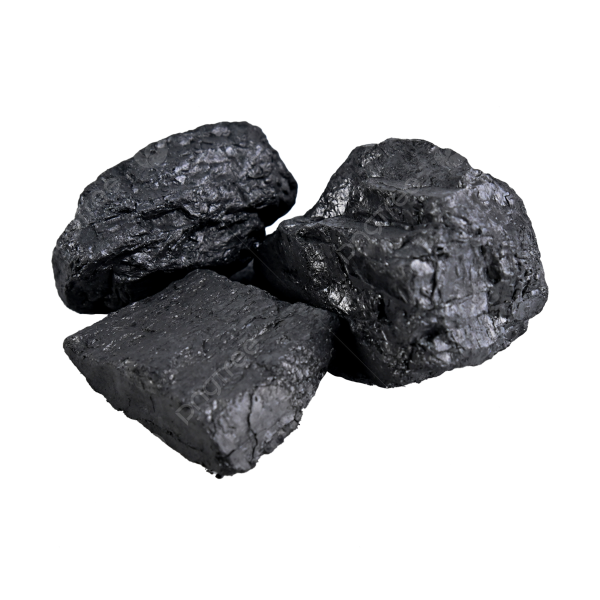Crude Oil: The Lifeblood of the Global Economy (Product Detail Page)
Description: Crude oil, also known as petroleum, is a naturally occurring mixture of hydrocarbons in liquid form found deep underground. It’s a complex and unrefined product extracted from oil wells and serves as the primary source material for a wide range of energy products, including gasoline, diesel, jet fuel, plastics, and petrochemicals.
Key Source Countries: The five largest crude oil producers globally, collectively accounting for over half of world output, are:
- United States: Leading producer due to shale oil revolution, with companies like ExxonMobil, Chevron, and EOG Resources playing a major role. (23% share)
- Russia: Gazprom dominates production, primarily exporting via pipelines to Europe. (18% share)
- Saudi Arabia: Aramco, the state-owned giant, holds vast reserves and exports globally. (12% share)
- Iran: National Iranian Oil Company controls production, with ambitions for export expansion. (9% share)
- Canada: Enbridge and Cenovus Energy lead production, exporting primarily to the United States. (7% share)
World Output Volumes: In 2022, global crude oil production reached approximately 81.5 million barrels per day (bpd), with demand expected to plateau in the coming years due to climate change mitigation efforts and the rise of renewable energy.
Major Producers and Market Share (Excluding US):
- China (6%): PetroChina and Sinopec lead production, primarily meeting domestic demand.
- Iraq (5%): State-owned companies dominate production, exporting via pipelines and tankers.
- United Arab Emirates (4%): ADNOC, the state-owned giant, focuses on exports, particularly to Asia.
- Kuwait (3%): Kuwait Petroleum Corporation controls production, exporting primarily to Asia.
- Nigeria (2%): NNPC, the state-owned company, faces challenges with corruption and infrastructure.
Forms of Trade: Crude oil primarily trades in two forms:
- Physical Delivery: Transported via pipelines, tankers, and barges to storage facilities and refineries for further processing.
- Futures Contracts: Traded on international exchanges like the NYMEX and ICE, allowing producers, refiners, and traders to manage price risks.
Price Trends (Past 5 Years): Crude oil prices have experienced significant volatility:
- 2018: Prices averaged around $70/barrel due to oversupply and weak demand.
- 2019: Prices rose to $65/barrel due to geopolitical tensions and supply disruptions.
- 2020: Prices plummeted to $25/barrel due to the COVID-19 pandemic and reduced economic activity.
- 2021: Prices surged to $80/barrel due to a global energy crisis, supply chain disruptions, and the Russia-Ukraine conflict.
- 2022: Prices remained high, averaging around $70/barrel, with fluctuations based on global events and geopolitical tensions.
Major Importing Countries:
- China (16%): Rapidly growing demand fueled by economic development and urbanization.
- United States (15%): Despite domestic production, remains a significant importer due to high refining capacity and consumption.
- India (9%): Rising demand driven by economic growth and population increase.
- Japan (6%): Relies heavily on imports due to limited domestic oil resources.
- South Korea (5%): Major Asian importer, heavily reliant on crude oil for energy needs.
Major Exporting Countries (Excluding US):
- Saudi Arabia (16%): Leading global exporter with vast reserves and efficient shipping infrastructure.
- Russia (13%): Exports primarily via pipelines to Europe, facing potential disruptions due to sanctions.
- Iraq (10%): Exports via pipelines and tankers, with plans for infrastructure expansion.
- Canada (8%): Exports primarily to the United States, facing pipeline capacity constraints.
- United Arab Emirates (7%): Major exporter to Asia, focusing on lighter crude grades.
Other Important Aspects for International Traders and Buyers:
- Crude Oil Grades: Different crudes vary in characteristics like density, sulfur content, and API gravity, impacting refining yields and prices.
- Contractual Terms: Long-term contracts with fixed or indexed prices dominate international trade, while spot purchases offer flexibility but expose buyers to price volatility.
- Geopolitical Risks: Tensions between producing and consuming countries, pipeline disruptions, and sanctions can affect supply and prices.
- Environmental Regulations: Carbon emissions associated with crude oil use face increasing scrutiny, potentially impacting future demand and trade flows





